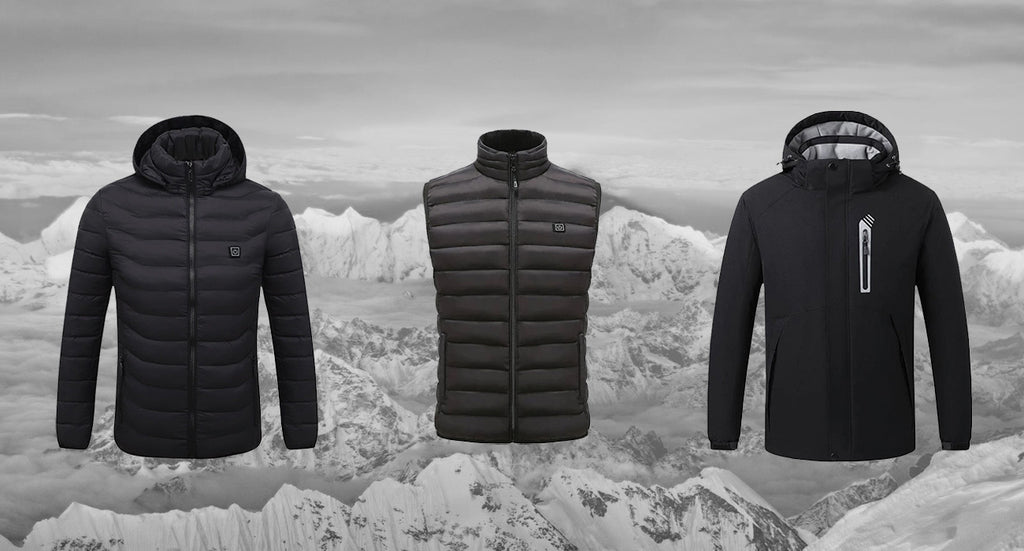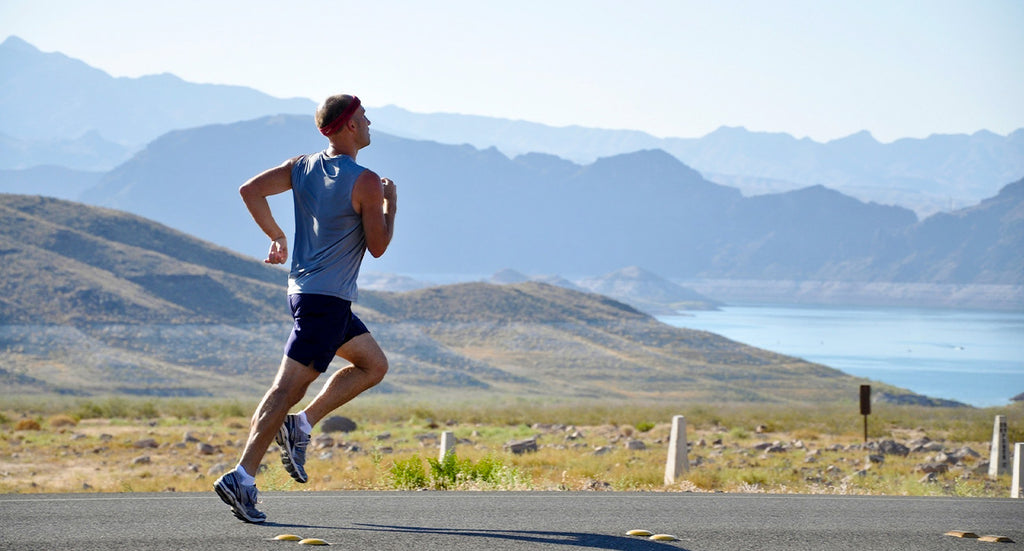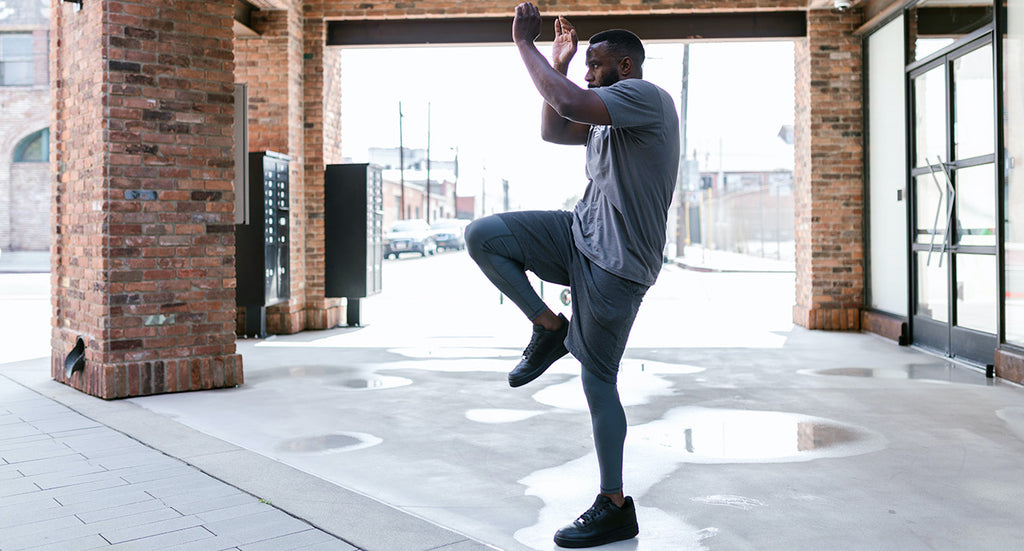
7 Easy Tips to Prepare for Winter Sports
With the arrival of ski holidays, it is important to be well prepared in order to avoid muscle aches and pains which can quickly arrive.
Here is a list of established tricks to avoid any injury and thus fully enjoy your experience on the slopes.
Why prepare well for winter sports?
Before hitting the slopes and returning to enjoy a good hot bath, it is important to practice certain exercises.
A significant number of winter sports accidents result from a lack of preparation. Regularly neglected, alpine skiing, cross-country skiing, snowboarding or even snowshoeing require significant and intense effort.
These winter physical activities have many risks. A lack of preparation can lead to potential injuries, such as body aches but also sprains of the knee, ankle, ligament ruptures or even head trauma.
Whether you are a seasoned athlete or not, it is necessary to prepare . Indeed, winter sports will not necessarily solicit the muscles that work in general.
Such as running, football or basketball, it is therefore essential to be properly prepared. In fact, 1 to 2 months before you go on the slopes, follow the 7 tips that will follow so that you can fully enjoy your holidays.
Tip 1: Select the right clothes

The first thing to do is to select the right clothes. Poor quality clothing may not effectively protect you from the cold and can lead to hypothermia . In addition, if it is not properly cut, its protection will not be effective and will cause your muscles to tense due to negative temperatures.
The quality of the clothes is not to be despised because the practice of winter sports is carried out in cold winter conditions. Not being a climate adapted to the human body, they can cause health problems as well as multiple illnesses that could spoil your stay.
Opt for waterproof, windproof and breathable clothing . Breathability is paramount, as these different activities will make you sweat. Breathable clothing will wick away moisture to keep you dry.
In order to avoid getting stuck in several layers of clothing, which can get in the way and be uncomfortable, opt for a heated jacket. Specialized in this field, Climb Winter offers a wide range of technical jackets incorporating heating technology. Lightweight, comfortable and of high quality, these jackets will protect you from the elements while providing you with pleasant warmth in any situation.
In addition to a quality jacket, equip yourself with a helmet, heated gloves , shoes that fit your size, waterproof pants and a pair of goggles so as not to damage your eyes with the reverberation of the sun. on snow.
Tip 2: Do muscle building

After selecting the right clothes, it's time to take care of your muscles. In the practice of winter sports, the most stressed muscular parts correspond to the thighs .
Composed of the quadriceps, hamstrings, adductors and glutes, you will need to prepare them. To target these lower body muscles, alternate between squats and lunges . Simple and very effective movements, they strengthen the thighs and buttocks.
Squats are an exercise performed from a standing position with your feet apart. The objective is to bend the knees while exhaling on the descent and contracting the abs.
For lunges, this exercise involves positioning one leg forward with the knee bent and the foot flat, while the other leg is positioned backwards.
To strengthen yourself, practice these exercises for several minutes a day. Then do isometric chair . In a seated position with your back against a wall, this exercise is very effective for the legs.
Another part of the body solicited during winter sports, the abs are also to be worked on. Sheathing is ideal here to strengthen the abdominal strap as well as the back muscles. For this exercise, take the position of a plank on your elbows with your body straight and hold for about thirty seconds. You can increase the duration as the days go by, but be careful not to put your knees on the ground. It should be kept in mind that the quality of the movement is more important than the duration.
Tip 3: Work on your cardio

In order to sustain the effort when you descend the slopes, your cardiovascular system must be strengthened . You can do this by cycling, running, swimming, jumping rope, etc. Endurance-boosting activities are wide and varied, find one that works for you and that you can stick with for 2 months. The objective here will be to practice this activity at least twice a week for about twenty minutes.
If your endurance is already well worked out, you can practice HIIT for High Intensity Interval Training. This workout is very intense and will significantly increase your endurance.
If you don't have time to do these activities twice a week, take advantage of everyday life. Take the stairs, walk faster, go to the office by bike or on foot, there are many ways to do cardio.
Tip 4: Work on your flexibility

Flexibility is very important to avoid injuries, so it is important to do exercises to work on it. To do this, take care of the flexibility of the lower and upper body.
We recommend the practice of Yoga , which will allow you to gain flexibility easily and while relaxing.
For example, do Child's Pose, Sitting Shoemaker, Upward Facing Dog and Downward Facing Dog.
Respectively, here is how to do it:
- Child's posture: place your knees apart in width of your bust with the buttocks glued to the heels, lengthen your arms and go to seek forwards. Hold this position for 30s, taking care to breathe gently.
- The seated cobbler : sit on the floor, bend your knees while joining the soles of your feet and tilt forward. Hold this position for 30 seconds, taking care to breathe calmly.
- Upward facing dog : Lie on your back with your feet pointing back and your soles pointing skyward. Then put both hands on the sides of your waist with the forearms vertical and the open fingers pointing forward. Hold this position for 3s and breathe slowly.
- Downward facing dog : Place yourself on all fours with your hips and arms outstretched, while keeping your hands under your shoulders. Then, take your knees off the floor and raise your tailbone, tilting it backwards to keep your back straight. Then hold the position for 30 seconds while inhaling and breathing gently.
Tip 5: Work on your balance

Relying on a number of stabilizing muscles , preparing for winter sports requires working on your balance. Useful for being able to catch up in the event of a fall and thus improve performance, it is essential.
To practice this, stand on one foot and try to raise the knee of your leg by placing it horizontally. The goal is to hold this position for as long as possible. To make it harder, just close your eyes.
Other exercises exist. For example, take a Pilates ball , sit on it, and lift one foot while remaining balanced for about thirty seconds. Then change feet and so on. To make matters worse, lift both feet off the ground or close your eyes.
Tip 6: Warm up before hitting the slopes

When you arrive at the resort, warm up before hitting the slopes. This will continue your physical preparation and prevent you from injuring yourself.
Before putting on your ski or snowboard boots, warm up your shoulders, hips, knees, ankles and neck. To do this, do, for example, a few knee raises as well as butt heels . For your joints, rotate them to heat them up.
This rapid muscle and joint warm -up will limit a large number of injuries.
Tip 7: Do not neglect stretching

When you're done with your day, stretch to recover. This will save you a lot of aches and pains in your muscles.
To stretch properly, you can bend one of your legs while keeping the other straight and holding this position for 10 seconds. Another exercise will consist of standing up by placing the heel of the leg you want to stretch on a chair while trying to touch your knee with your navel. Hold the position for 10 seconds again and repeat the exercise 4 to 5 times per leg.
You now know the different steps to properly prepare for your next ski holiday.
If you have any questions about the different tips we have just seen, write to us in the comments. We will respond as soon as possible. In the meantime, enjoy your stay on the slopes and don't forget to equip yourself warmly. To do this, check out our collection of heated down jackets . Designed for winter sports, their lightness coupled with their heating system will provide you with undeniable comfort while giving you great mobility.


